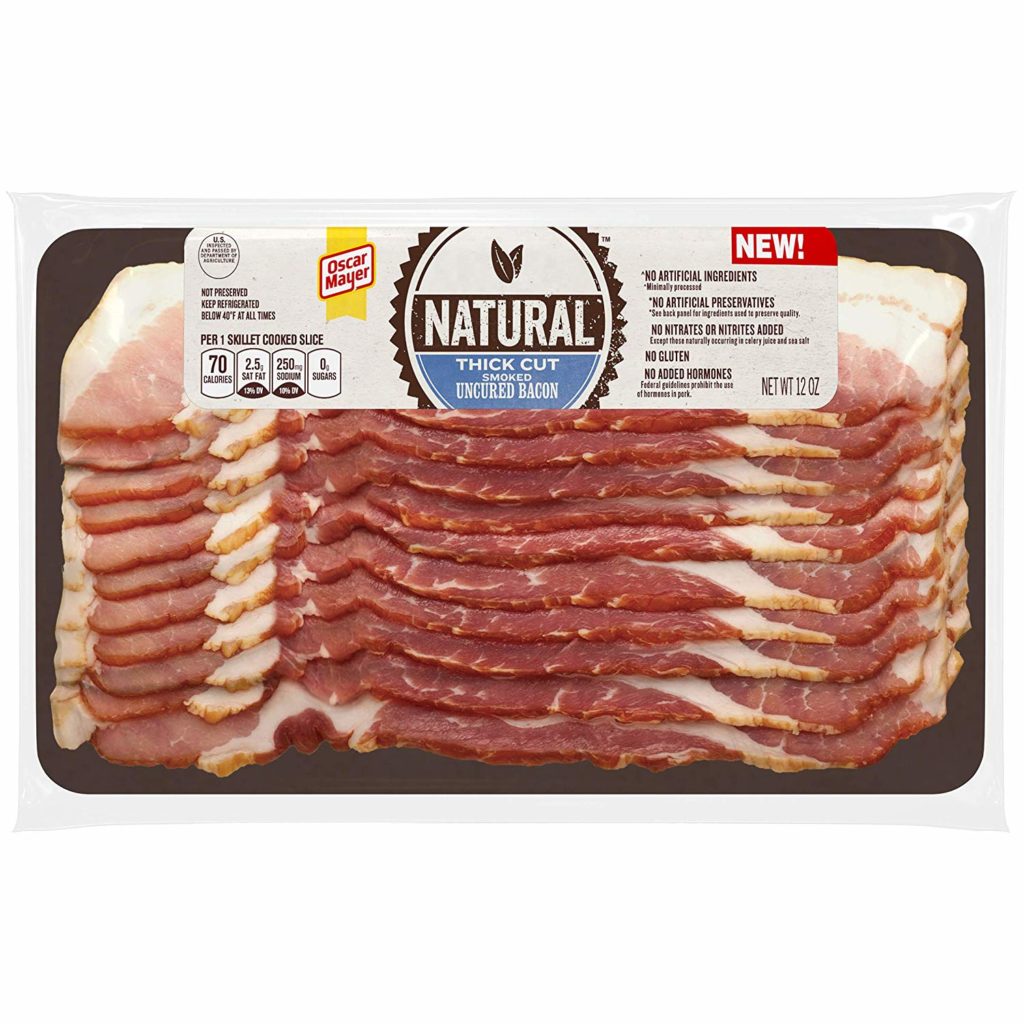Most people assume that cured bacon is cured and that uncured bacon is uncured. That seems obvious, but it’s not true. Cured and uncured bacon are both cured and cured with the same preservatives: salt, sodium nitrate, and sodium nitrite. So – what does it mean when bacon or other preserved meat products are labeled ‘uncured’? Uncured bacon usually costs more than cured bacon, sometimes a lot more. The food processing industry has a lot of clout with the federal government in the way the government defines things. (You probably already knew that.) The federal government’s rule is this – if meat is preserved with chemicals produced from synthetic sources, the meat is ‘cured’. However, if meat is preserved with the same chemicals, but from organic sources, then the meat is ‘uncured.’ Chemically, sodium nitrate produced from synthetic sources is exactly the same as sodium nitrate produced from organic sources. Most people know that eating preserved meat is not good for you, but they fool themselves into thinking that eating uncured meat is a healthy alternative to eating regular cured bacon, hot dogs, ham, salami, etc. Sorry – but you are just fooling yourself if you believe that. Here is an example of how this works. On the front label of Oscar Mayer uncured bacon, it says “Oscar Mayer Natural Uncured Bacon has no artificial ingredients and no added nitrates or nitrites, except those occurring naturally in celery juice and sea salt.” Well, that statement is true, but they fail to mention that the reason why they put celery juice in their bacon is because celery juice contains a lot of sodium nitrate. ‘Natural’ is another word that the government defines in a strange way, but that will have to wait for another day. For more details about cured vs. uncured meat, see the October 2019 issue of Consumer Reports, which contains a lengthy article on this subject.

